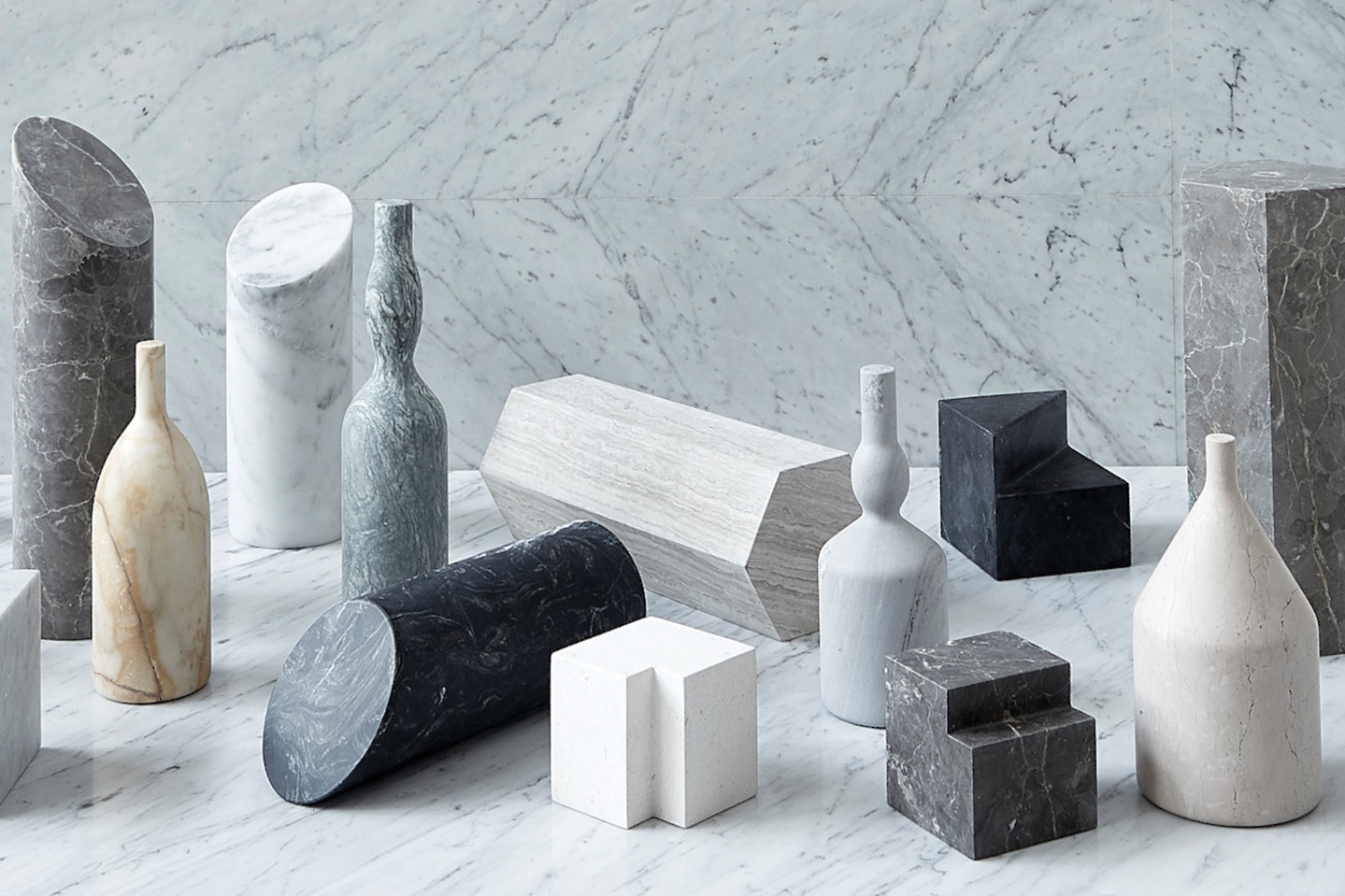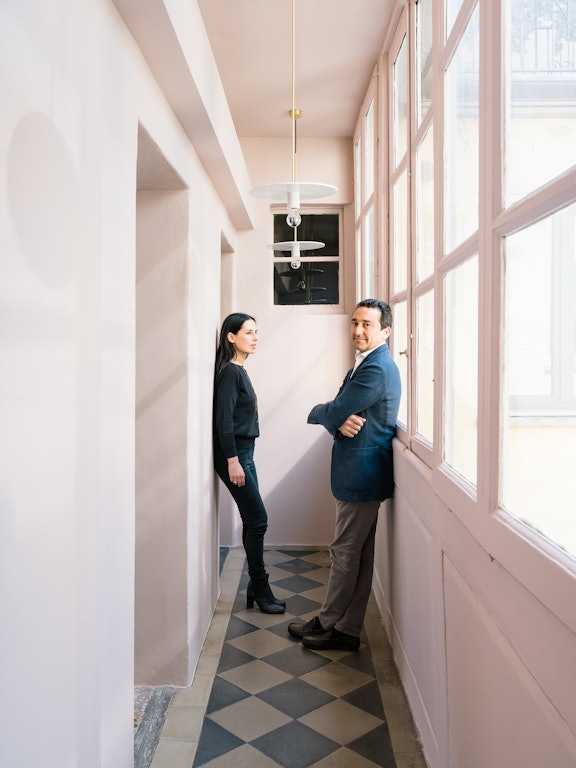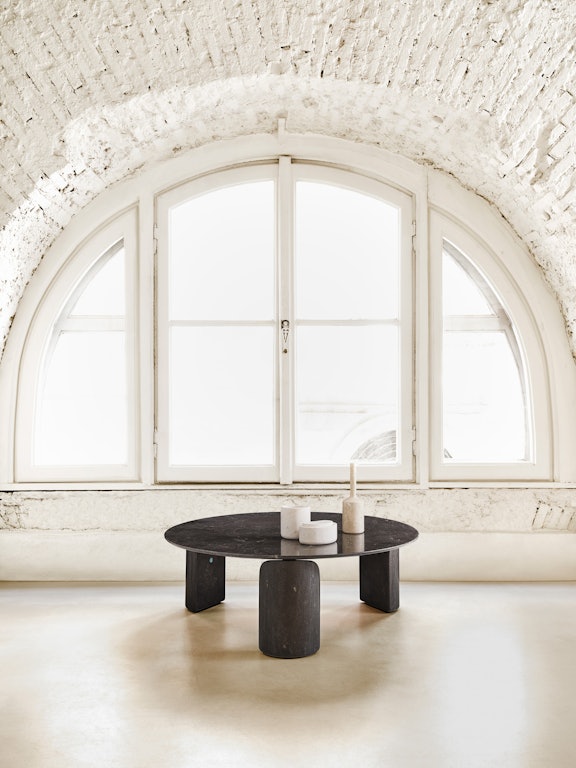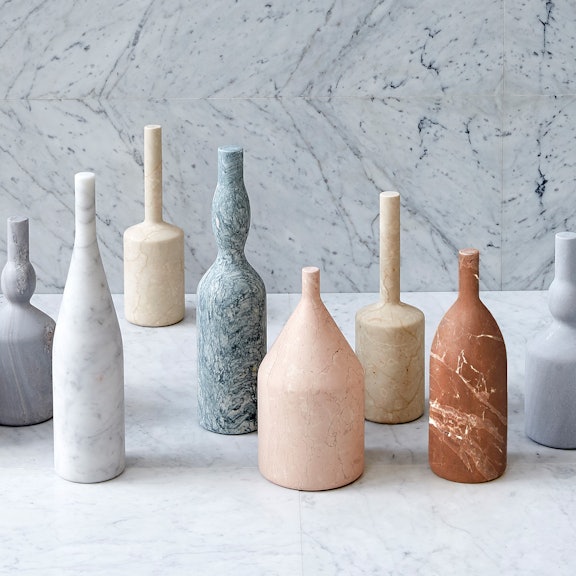Omaggio a Morandi
03.2022
“Morandi had an incredible understanding of composition and light – how it plays over objects, the reflections on different materials,” says designer and Salvatori collaborator Elisa Ossino
There is poetry in Giorgio Morandi’s still lifes. Indistinct and expressive, depicting utilitarian objects – glass bottles, porcelain jugs, pots and cups – the paintings prize atmosphere and impression over the painstaking intricacy that popularised still lifes in the 19th and 20th centuries. Gone too are the symbols of wealth typical of that era – the exotic fruits from far-flung places, the expensive silverware, the rich and plentiful food – as is the religious and allegorical symbolism: skulls that remind us of death, wilting flowers. Instead Morandi’s still lifes are subtle and contemplative, filled with a sense of moment, more reminiscent of the grandeur of cathedrals, as the critic Carlo Ludovico Ragghianti wrote, than just empty bottles.
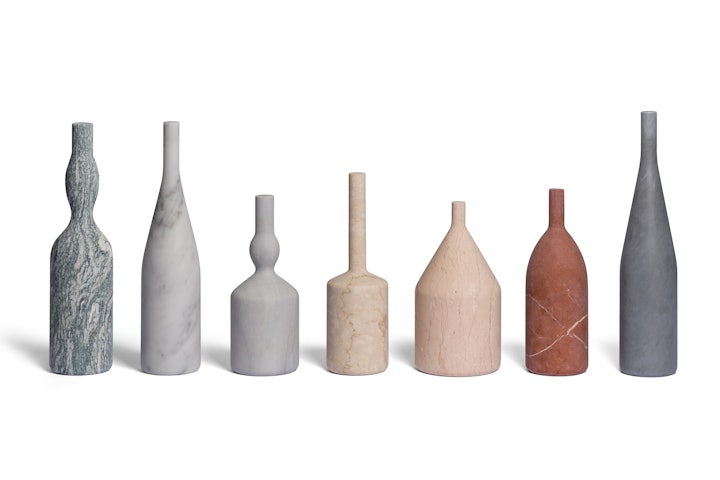
Morandi produced landscapes as well as still lifes – calm, empty compositions, painted in similarly muted tones – but it is for his studies of carefully arranged vessels that the artist is best known. They have appeared in the background of films by Federico Fellini and Michelangelo Antonioni, in joint exhibitions alongside the works of contemporary artists, such as Luc Tuymans, and, after two paintings were chosen by Barack Obama, in the private quarters of the White House. It’s a considerable legacy for an artist who rarely left his native Bologna, who produced only a dozen paintings a year and had to teach to support his work – and it is a legacy that continues today, half a century after his death.
“Morandi had an incredible understanding of composition and light – how it plays over objects, the reflections on different materials,” says designer and Salvatori collaborator Elisa Ossino, explaining the enduring attraction of the reclusive Italian painter. “I’ve been taking inspiration from his work for a long time. That’s how I had the idea to create a homage to the artist.”

Working closely with Salvatori, Ossino developed a range of objects that take their form from Morandi’s paintings, realising the idiosyncratic shape of his bottles in three-dimensions. Each carefully crafted from a different natural stone – ranging from the muted elegance of Bianco Carrara to the dramatic patterning of Cipollino and the delicate craquelure of Rosa Perlino – the seven bottles are the result of what Ossino describes as a “very interesting investigation into the different textures of marble” which involved visiting the quarries at Pietrasanta in Tuscany with CEO Gabriele Salvatori.
“I didn’t want to create an object that had a function, like a vase,” Ossino says. “I wanted to make a sculpture that returns to the simple forms that inspired Morandi.” These forms, described in accounts of the artist’s studio, were said to litter the floor – a haphazard collection of bottles that were transformed from unassuming objects to the icons of the artist’s still lifes. Morandi explained this metamorphosis in 1955, saying that “there is nothing more surreal and nothing more abstract than reality.” Ossino’s homage, drawing out the surreal and the abstract into three-dimensions, continues this process in stone.
